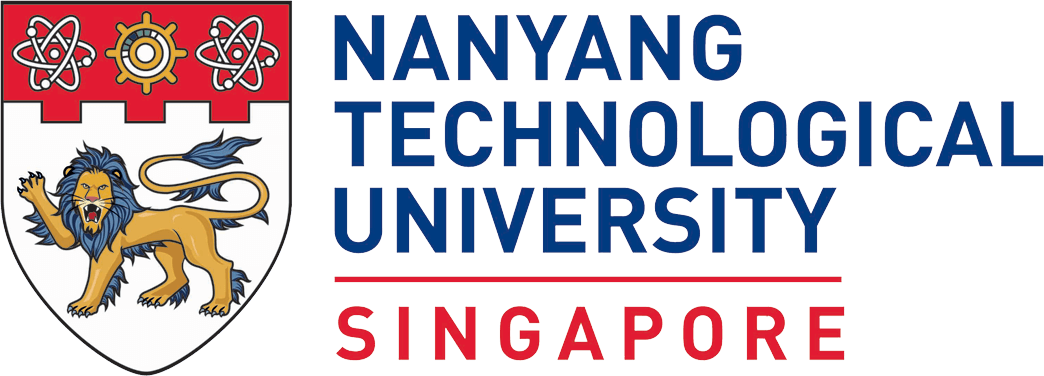
Nowadays, the rapid urbanization process creates an abundance of multisource and multiform data in urban context, providing unprecedented opportunities for building a more intelligent city. For instance, analyzing traffic data (e.g., GPS trajectories collected from vehicles, Geo-tagged social network data) can help understand the human mobility patterns, so that city planners would be better informed and make a safer and more efficient decision for the future. However, analyzing and using urban data is challenging due to the existence of heterogeneity, high complexity, and large scalability in the data. Thus, visual analytics approaches are necessary, whose goal is to develop principles, methods, and tools to support synergistic work between humans and computers via interactive visual interfaces. The interfaces set up a communication bridge between humans and computers, enabling humans to couple their unique capabilities (prior experience, creative thinking, insight, etc.) with machines’ computational strengths, to generate new knowledge from large and complex urban data.
We're building a great team, and we're very excited about the future of the team.
Our research covers various topics.
We have successfully collaborated with many organizations.









Great things are never done by one person. They're done by a team of excellent people.